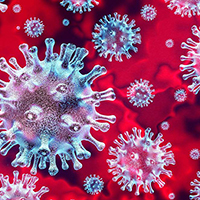Physiotherapist involvement in the pandemic era: a Lombardy region survey

Submitted: January 5, 2021
Accepted: April 17, 2021
Published: May 4, 2021
Accepted: April 17, 2021
Abstract Views: 1604
PDF: 743
Supplementary: 96
Annex 1: 97
Annex 2: 106
Supplementary: 96
Annex 1: 97
Annex 2: 106
Publisher's note
All claims expressed in this article are solely those of the authors and do not necessarily represent those of their affiliated organizations, or those of the publisher, the editors and the reviewers. Any product that may be evaluated in this article or claim that may be made by its manufacturer is not guaranteed or endorsed by the publisher.
All claims expressed in this article are solely those of the authors and do not necessarily represent those of their affiliated organizations, or those of the publisher, the editors and the reviewers. Any product that may be evaluated in this article or claim that may be made by its manufacturer is not guaranteed or endorsed by the publisher.
Similar Articles
- Venugopal Jaganathan, Santhakumar Subramanian, Deepak T Hari, Recurrent tracheal tumor with a critical airway requiring ‘Y’ stent – unique presentation of tuberculosis , Monaldi Archives for Chest Disease: Vol. 91 No. 3 (2021)
You may also start an advanced similarity search for this article.

 https://doi.org/10.4081/monaldi.2021.1762
https://doi.org/10.4081/monaldi.2021.1762





